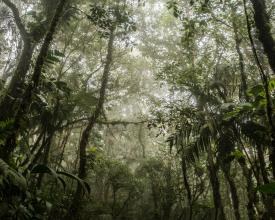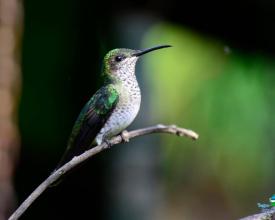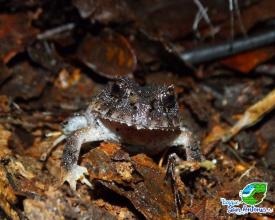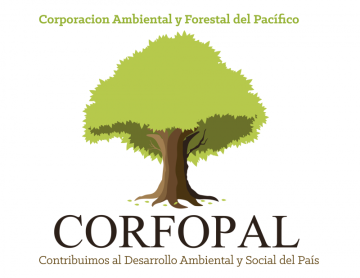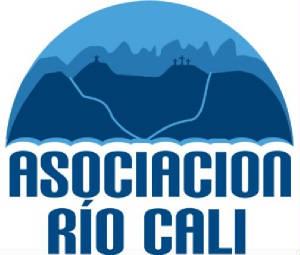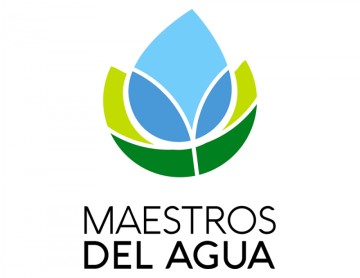
Connecting Key Biodiversity Areas - San Antonio Forest Case, Colombia
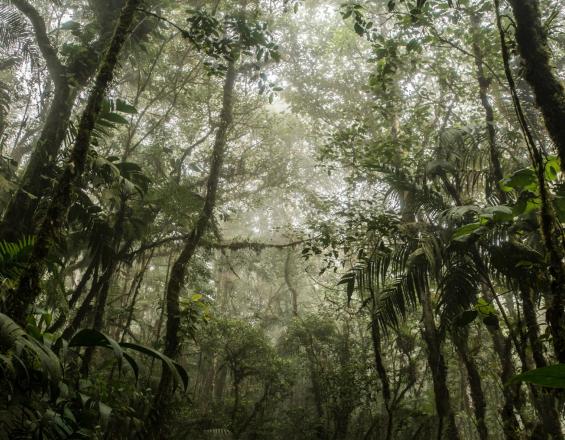
The San Antonio Forest contributes to the ecological connectivity with the Farallones de Cali National Natural Park. Despite its enormous importance, the area is under great threats such as the loss of natural cover due to the increasing construction of housing and the expansion of the agricultural frontier.
In order to reverse this situation, conservation agreements have been developed for the management and sustainable use of the land.
In this sense, more than 50 agreements for the conservation and restoration of water protection strips have been implemented, as well as the inclusion of the area in the municipal land-use plans, within the framework of a governance system for the area.within the framework of a shared governance system, developing integrated and participatory planning actions for the sustainable management of the territory and for the protection of the water resources that supply both the local population and the surrounding areas.
Context
Challenges addressed
Urban expansion and land-use changes associated with housing construction and agricultural activities, with the consequent fragmentation of the area, are the main pressures that generate the loss of connectivity and fragmentation of the area.
Other factors affecting the ecological integrity of the area are:
- Unplanned and unregulated tourism.
- The extraction of timber and non-timber products.
- Loss of rural identity.
- A large occupation of the water protection strips.
- The community's low capacity for associativity and cooperativism.
- An unsustainable source of financing for the initiative (constituted by the Critical Ecosystem Partnership Fund).
Location
Process
Summary of the process
The Key Biodiversity Forest Area (CBA) of San Antonio forms a connectivity corridor in which, through public and private conservation agreements as well as conservation and ecological restoration actions, it is the recipient of policies aimed at reducing the harmful consequences generated by urban development (in continuous expansion), the expansion of the agricultural frontier, and the exhaustive logging of forests, among others.
Each area has its own management; in the case of private properties, this is carried out by the owners with the support of grassroots organizations that accompany the process.
In the case of public areas, management is carried out by the environmental authority according to its jurisdiction and competence.
Building Blocks
Conservation mosaic composed of private properties that contribute to ecological connectivity.
Complementary conservation strategy led by civil society organizations that seek to maintain biodiversity and ecosystem services with special emphasis on species connectivity (conservation target).
Enabling factors
Consolidation of the roles of civil society organizations aligned with the conservation objective.
Lesson learned
An important lesson is the building of trust and communication, particularly with local community stakeholders whose contributions, experiences and positions have been reflected in the area's management process.
This has strengthened trust in the relationship and has also promoted the joint articulation of the organizations.
Conservation agreements for the management and sustainable use of land
Implementation of 50 conservation agreements, restoration of 600 ha of water protection strips and management with public institutions to include the area in the land-use plans of the municipalities.
Enabling factors
Articulation of representative actors from both civil society at the community level and local institutions whose political will is aligned with conservation objectives.
Lesson learned
An important lesson learned by those leading the processes has been to understand that the sustainability and success of the process depends to a great extent on the commitment of the NGOs and the communities, considering that the commitment and support from the local government (mayors' offices and other associated entities) is temporary depending on the political context of the interests, objectives and priorities proposed by each government period according to its line of work, so it is necessary to work permanently with this last actor.
Medium-term Strategic Plan for the Conservation of Areas elaborated among the network of stakeholders based on the environmental and socioeconomic diagnosis.
The Plan, which considers a 10-year time frame, was developed by The Nature Conservancy (TNC) based on the implementation of the methodological tool "Planning for Conservation Areas" (PCA).
The plan has five programs, namely:
1. Conservation and Restoration Strategies
2. Sustainable use and management of biodiversity and its ecosystem services.
3. Knowledge and research
4. Empowerment
5. Articulated and shared co-management (participatory environmental governance).
Enabling factors
The willingness of the actors involved and technical assistance from support organizations.
Lesson learned
Synergy and commitment among all stakeholders are important elements for the orientation and implementation of management instruments.
Impacts
- Implementation of 50 conservation agreements.
- Restoration of 600 ha of water protection strips.
- Public management for the inclusion of the area in the land-use plans of the municipalities.
- A marked intention to expand the current extension of the Key Biodiversity Area of the San Antonio Forest to 10,000 ha.
- Greater structural and functional connectivity with the Farallones de Cali National Natural Park.
Beneficiaries
The population of Cali and other outlying areas of the municipalities of Cumbre, Dagua and Yumbo.
Sustainable Development Goals
Story
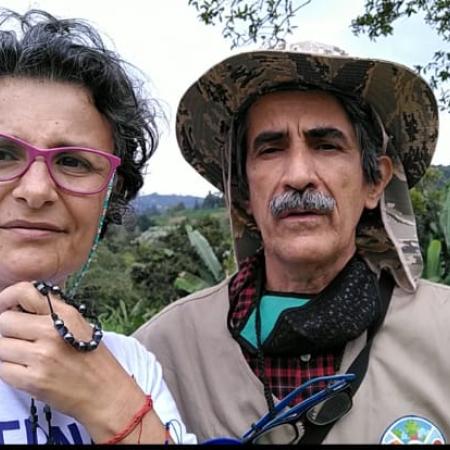
The governance of the Bosque San Antonio CBA is made up of 8 organizations and 4 municipalities. This is a process supported by the Critical Ecosystem Partnership Fund.
The governance is of a shared and associative nature and its communities are key actors participating in the process.
The CBA has national and regional public protected areas and six natural reserves of civil society, recognized by the system of protected areas in Colombia, which implies a great private effort of complementary conservation by civil society.
The type of governance in Bosque San Antonio is inspired by the foundations established by the International Union for Conservation of Nature .
Based on this, a focus group structure has been created and a 10-year strategic plan has been developed to outline conservation actions for the cloud forest system and its ecosystem services.
The promotion and creation of civil society conservation areas framed within this model of associative governance and shared management has been fundamental.
This has allowed the different properties to be articulated and there is connectivity between the actors of the four municipalities so that the fragmented conservation areas can be deployed in a system of interconnection.
Note:
The systematization of this case was carried out by the International Union for Conservation of Nature (IUCN). The case was highlighted in a survey to identify Complementary Conservation Strategies (CCS) in Colombia, carried out by ICLEI South America in 2018. For more information: http://sams.iclei.org/es/que-hacemos/proyectos-en-ejecucion/areas-protegidas-locales/colombia.html
The IUCN and ICLEI actions were within the scope of the regional project Protected areas and other area-based conservation measures at the local government level , and were financially supported by the Deutsche Gesellschaft für Internationale Zusammenarbeit (GIZ) GmbH. The regional project is implemented by the Ministries of Environment of Brazil, Colombia, Ecuador and Peru, and GIZ, in cooperation with ICLEI and IUCN. The regional project is supported by the German Federal Ministry for the Environment, Nature Conservation and Nuclear Safety (BMU) within the scope of the International Climate Initiative (IKI).
